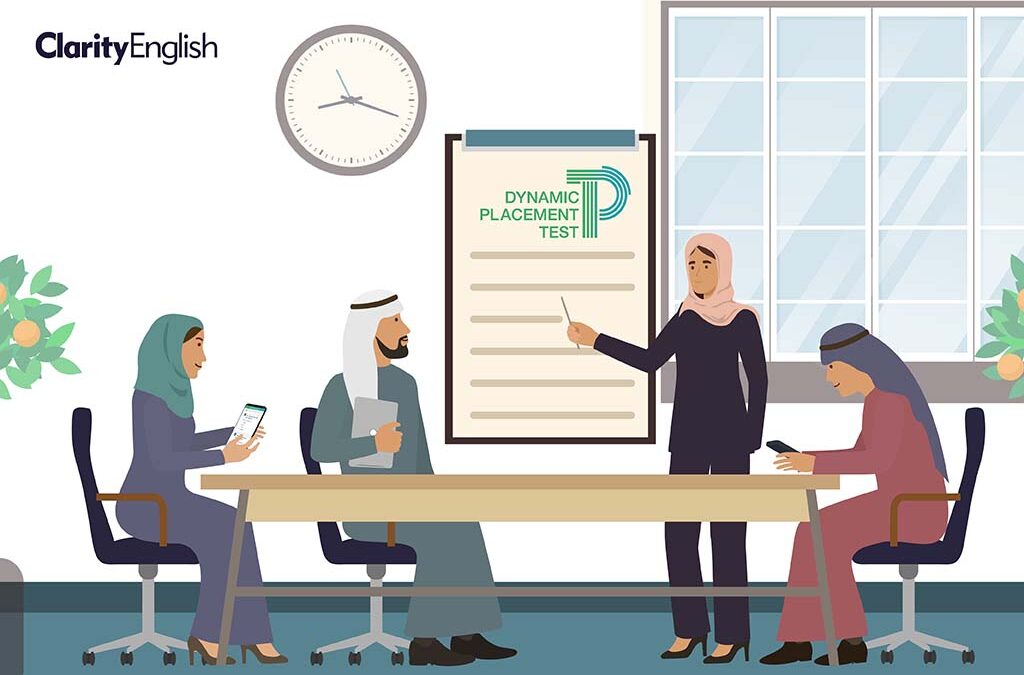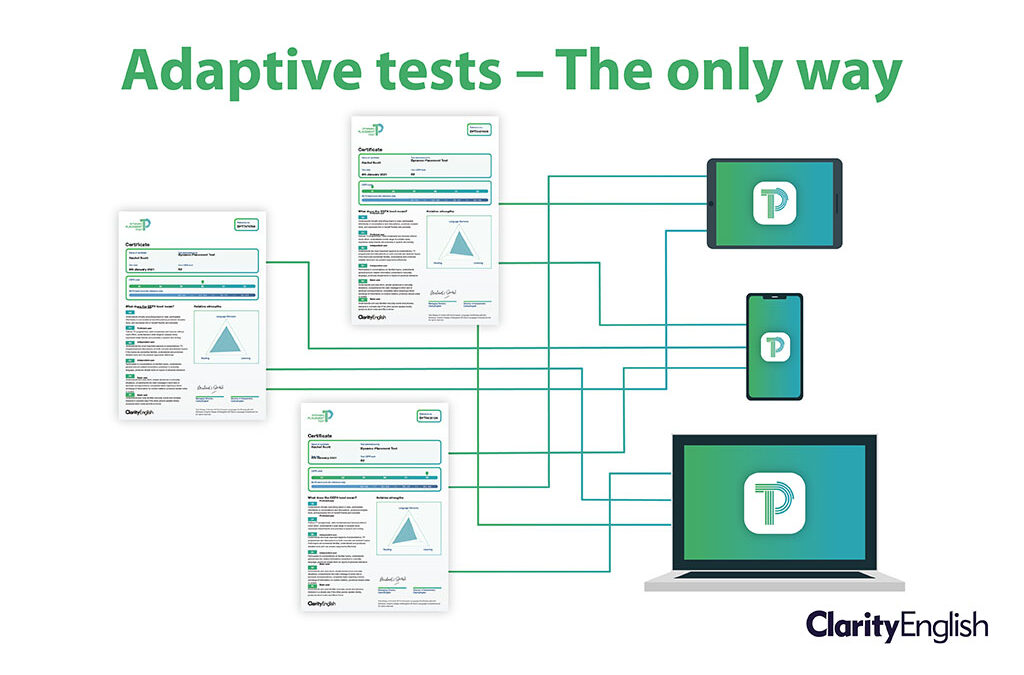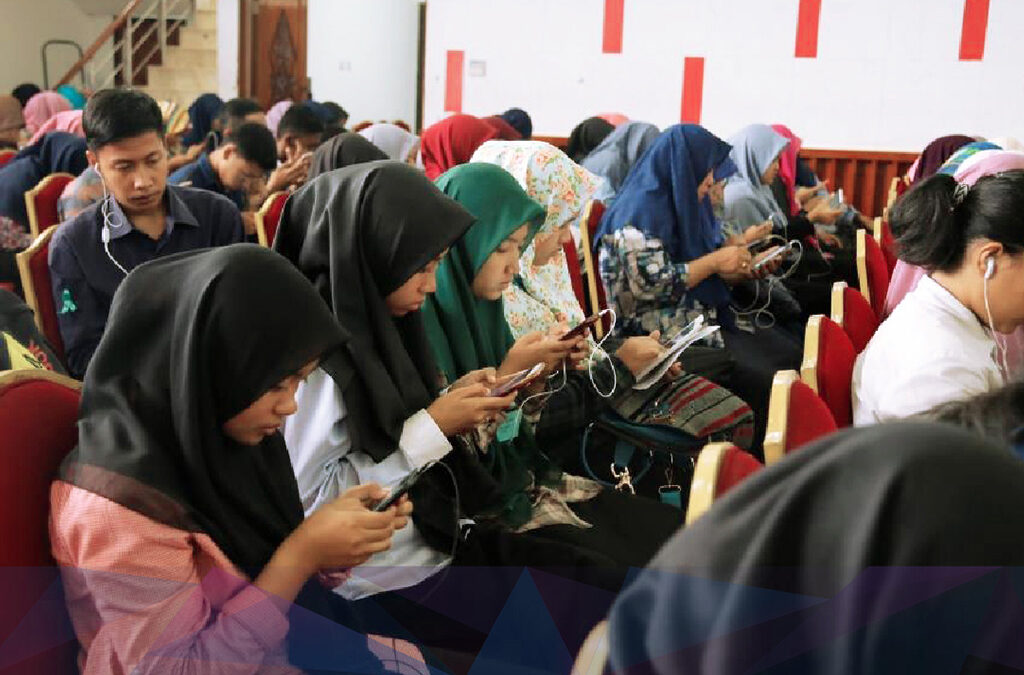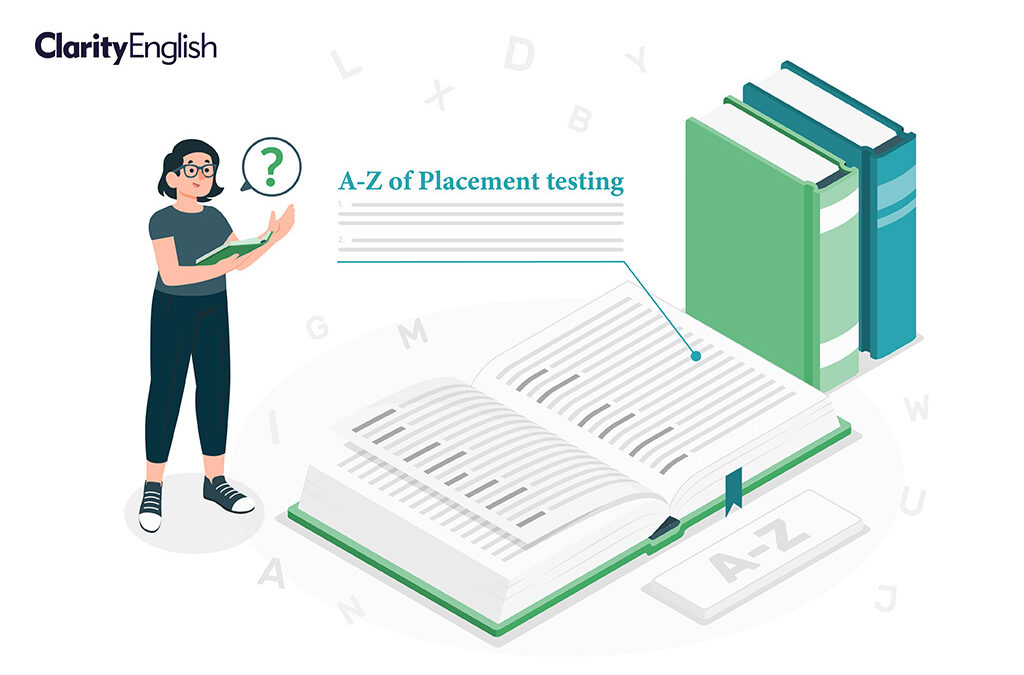English language testing is crucial in the petroleum industry. This is how one training organisation found the most suitable placement test.


English language testing is crucial in the petroleum industry. This is how one training organisation found the most suitable placement test.

At the ELITE conference in Malang, Indonesia last week Dr Adrian Raper explained why a placement test must be adaptive. This is a summary of his talk.

No one wants to be disadvantaged during a test. Here is a reminder of what students can expect when taking the Dynamic Placement Test on different devices.

Can we, and should we, make English tests more international? Andrew Stokes explores the possibilities.

This month we are highlighting this post by Sean McDonald of telc Language Tests. Here he explains why not all tests are created equal.

What is the difference between ‘accuracy’ and ‘reliability’? Learn ten key phrases in testing terminology.

The HOPES-LEB project aims to improve the chances for a better future for young people in Lebanon. Here’s how they do it.

A placement test score should be a fair representation of a candidate’s ability, not their cultural knowledge. Here are four steps test designers can take to ensure that.

Whether you are recruiting 60 or 600 candidates, answer these three questions to choose the right placement test for your company’s needs.

Running placement tests for a large cohort of new students can be time-consuming, costly and tedious. Dr Adrian Raper’s five-question framework makes it totally efficient. Test it here.